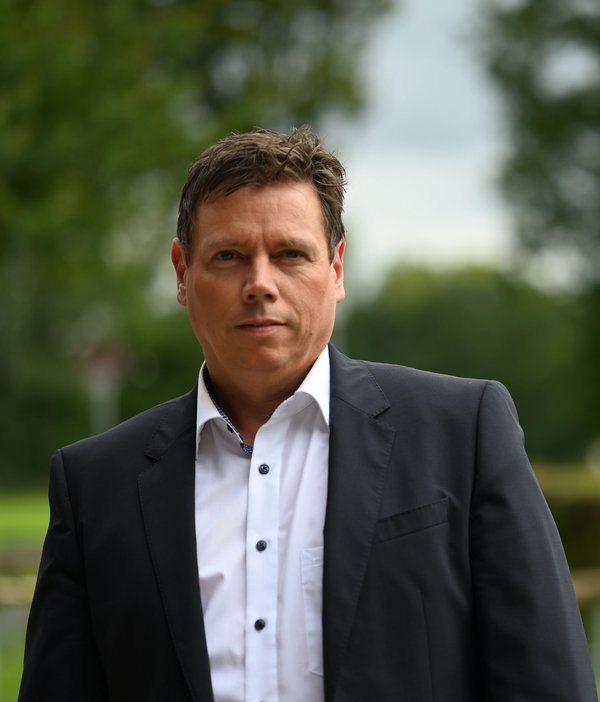Credits#
About these lecture notes#
The very first Dutch version of the lecture notes dates back to 2002 and was titled ‘Werktuigbouwkunde in Vogelvlucht’ and written by many colleagues at the Department Mechanical Engineering under the editorship of ir. J. (Joost) Vervoort. During the years several adjustments were made to the Dutch version, including larger adjustments in the fifth edition ‘Werktuigbouwkunde in Vogelvlucht’ by ir. C.J.A.M. (Stan) Gommers and T.T. (Thomas) Meerwaldt). When back in 2019 the Dutch Bachelor Programme Werktuigbouwkunde transitioned into the English Programme Mechanical Engineering the lecture notes were originally translated into English by E.J.M. (Emma) Moonen.
Early 2024, the responsible lecturer of the course Prof Anderson explored the possibility to convert the original syllabus into an interactive text book. Inspired by several beautiful examples online, he used two long intercontinental flights to create the original framework of this textbook and explore all functionalities. With the help of three teaching assistants (Iris Van Ysacker, Laura van Erp and Amani Asharaf) supervised by the course coordinator Dr. Stan Looijmans a first draft was finalised July 2024. August 2024, Kai Anderson converted all exercises to Markdown and added them to each content chapter.
In 2025 a number of examples and exercises which are more timely are develeoped in collaboration with researchers from ASML. In particular, sincere thanks to Jeroen van de Wijdeven, Victor Dolk and Andre Ramos for stimulating discussions and providing content. Thanks to Enrico Dozzi and Conrad Hessels for adjustments to exercises.
Software and license#
This website is a Jupyter Book. Markdown source files are available for download using the button on the top right.
This book is licensed under a Creative Commons Attribution 4.0 International License.
How to cite this book#
P.D. Anderson, Introduction Mechanical Engineering, Eindhoven University of Technology, The Netherlands, 2024, https://doi.org/10.6100/74d1-fv57.

